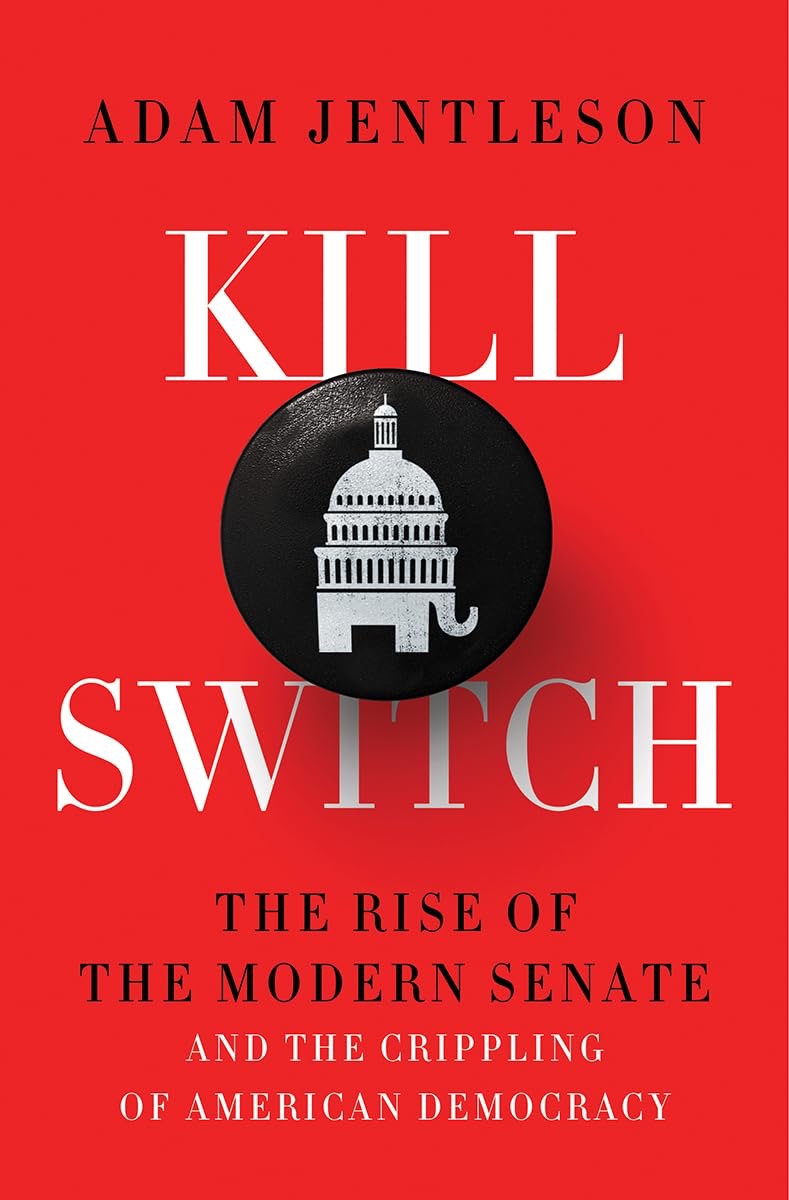In his classic book The Historian’s Craft, the historian Marc Bloch warned his fellow historians against worshipping the “idol of origins,” the idea that current events could be traced back to singular, pure, or first causes in the past that promised to lay bare the true nature of things in the present. I have thought of Bloch’s warning every time I read an op-ed confidently proclaiming, as one recent piece in the New York Review of Books put it, that “the filibuster was invented by John C. Calhoun to uphold slavery and white supremacy.” This claim has been repeated so often and straightforwardly by journalists, newspaper editorialists, podcasters, and even historians over the last several months that it has become the preferred tactic for kneecapping the filibuster in 280 characters or less on Twitter. As far as I can tell, the idea has been popularized by Adam Jentleson’s recent book Kill Switch, which argues that the Senate filibuster is to blame for the stagnation of our democracy. In an interview on NPR’s Morning Edition earlier this year, Jentleson told host Terry Gross that “the progenitor of the filibuster, its main innovator, was John C. Calhoun, the great nullifier, the leader, father of the Confederacy.”
Calhoun was a zealous defender of slavery and a determined critic of majority rule, but he did not invent the filibuster. Setting the record straight is not a defense of the filibuster, and even less of Calhoun. Instead, it is a reassertion of the inconvenient fact that history rarely provides easy answers, and that we should be wary when told it does.
Like most historical origin myths, parts of the story are true. The filibuster as we know it today is an unintended consequence of rule changes made in the twentieth century. Yet scholars point to several pre-Civil War episodes of obstruction that form a kind of prehistory of the filibuster. Jentleson focuses selectively on three of these episodes between 1826 and 1848 to claim that Calhoun invented the filibuster. But while scholars do point to these episodes, among others, as part of the filibuster’s history, none of them makes the claim that Calhoun invented it. In order to make that much stronger claim stick, Jentleson ignores a lot of context and contradictory evidence.
The first episode happened in 1826 when Calhoun, presiding over the Senate as John Quincy Adams’s vice president (but also his political rival), refused to stop Senator John Randolph of Virginia during a vicious harangue against Adams. Jentleson portrays Calhoun as purposefully departing from Senate norms and permanently weakening the power of the Senate’s presiding officer to rein in obstructionists, setting the stage for the filibuster.
